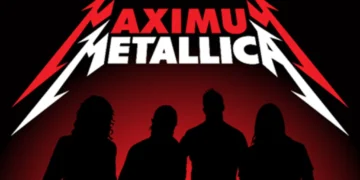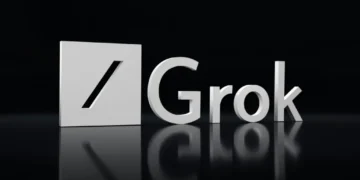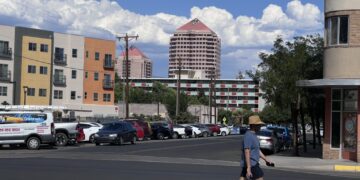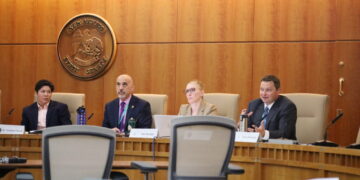(Getty Images)
Earlier this year, Missouri lawmakers passed legislation allowing utilities to use a finance method called Construction Work in Progress (CWIP).
CWIP lets utility companies bill customers for certain construction costs while projects are still underway, rather than waiting until they are finished and producing power. Supporters say the change will spur growth in Missouri’s energy industry and help finance capital-intensive infrastructure.
Missouri’s history with CWIP tells a cautionary story. In 1976, rising electricity rates to finance the Callaway Nuclear Power Plant sparked widespread consumer outrage.
A grassroots group, Citizens for Reformed Electrical Rates, mobilized against Union Electric’s use of CWIP to fund the nuclear project’s construction. Through community organizing and signature collection, the group placed Proposition 1 on the November ballot to ban CWIP statewide. Missouri voters overwhelmingly supported the prohibition, passing it by a 63% to 37% margin.
Their skepticism was vindicated in the years that followed. Like many nuclear projects of the era, the Callaway Plant faced major construction challenges that proved costly and time-consuming. Originally planned as a two-unit facility, the project encountered the same difficulties that plagued nuclear construction nationwide.
Only one reactor at the Callaway Plant was ultimately completed and brought online in 1984. The second unit was left unfinished after Union Electric cited financial risk to investors, acknowledging that the costs and uncertainties had become too great to justify completing the original plan.
Several decades later, the company, now operating as Ameren, attempted to revive the second unit by seeking regulatory approval to restart the shelved project. By 2015, Ameren again abandoned the effort, citing long-term capacity needs, declining costs of alternative generation, and Missouri’s regulatory framework.
While lawmakers stopped short of reviving CWIP for nuclear plants, they did reintroduce the policy for natural gas power plants. That shift represents a significant transfer of risk: Ratepayers now bear construction costs and associated risks that were once carried by utility shareholders.
Critics of the bill point to substantial campaign contributions made by utility companies to Gov. Mike Kehoe and many legislators who supported the measure. This alignment between political influence and regulatory benefit raises concerns about whose interests are being served.
Yet CWIP’s appeal remains strong. In a Republican trifecta state, where energy independence and large-scale infrastructure investment are politically popular, the promise of economic growth may outweigh caution for many voters.
But CWIP carries unintended consequences well known in regulatory economics.
Guaranteed profits can lead regulated monopolies to over-invest in capital to inflate their rate base and maximize returns. By allowing utilities to earn a return during construction, CWIP amplifies this distortion.
A utility guaranteed payment regardless of delays or overruns has every incentive to pursue larger, slower, and more expensive projects, even when cheaper, more flexible alternatives exist.
Missouri’s new law compounds this risk. First, CWIP recovery is tied to a project’s estimated cost and timeline, yet the statute requires no independent verification of those estimates.
Utilities may submit inflated projections that become the basis for higher rates, with little oversight until years later. Second, refunds are only available if the Missouri Public Service Commission, whose commissioners are appointed by the governor, finds that costs were imprudently incurred or that a project failed to meet a reasonable timeline. Neither term is clearly defined, leaving ratepayers vulnerable to subjective interpretation and political influence.
Third, while CWIP eligibility for natural gas projects is set to expire in 2035, the Public Service Commission may extend the policy to 2045 with a single hearing and a good cause finding. This allows CWIP to continue without legislative review, insulating the policy from democratic accountability.
From the standpoint of economic efficiency, CWIP embeds perverse incentives into Missouri’s energy framework. Consumers assume the financial risk of construction, while utilities enjoy guaranteed returns. The result may be projects that are oversized, delayed, and misaligned with least-cost planning, decided not by market discipline but by an unelected commission.
A more effective reform would require utilities to commit a greater share of their own capital before recovering costs through CWIP. Rather than allowing full ratepayer financing from the outset, Missouri could mandate that utilities fund a substantial portion. This would ensure that utilities have meaningful financial exposure, aligning their incentives with cost containment and timely delivery.
Such an allocation would help distinguish viable projects from speculative ones. When utilities must risk their own capital, they are more likely to pursue investments that deliver affordable, reliable power and not just those that expand their rate base. At the same time, the law should impose clearer statutory definitions for prudence and timeliness and require independent review of project estimates.
Missouri deserves an accountable energy policy, not one that socializes risk, privatizes reward, and leaves consumers footing the bill for utility excess.
This post was originally authored and published by Grant Musick, Jason Walter from Missouri Independent via RSS Feed. Join today to get your news feed on Nationwide Report®.


























